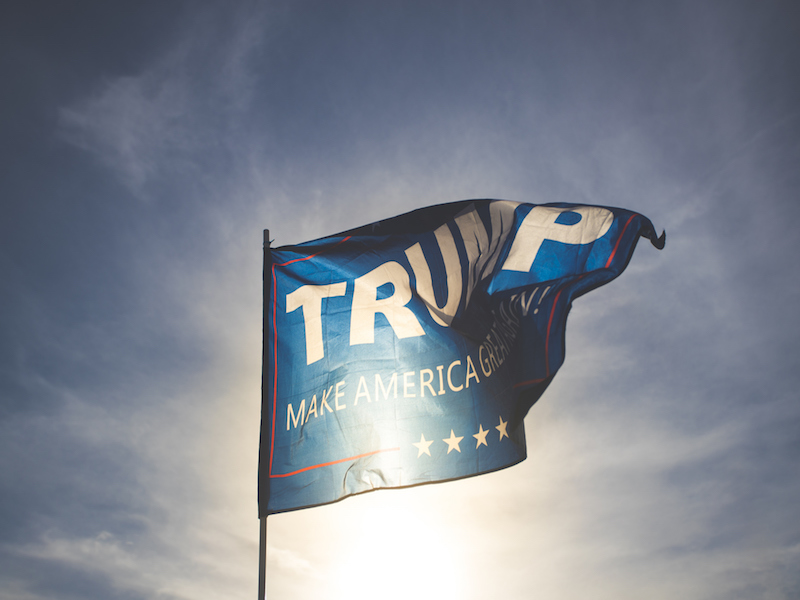

While political uncertainty might be at an all-time high following the U.S. election, it hasn’t led to the kind of market volatility that we might naturally associate with political risk. This fact has many investors scratching their heads, says Seth Weingram, senior vice-president, director, client advisory, Acadian Asset Management.That lack of market reaction raises two important questions: can political uncertainty be quantified and, if so, can that kind of data provide a useful lens for interpreting market behaviour? Weingram says the answers to these questions should interest investors looking for cues to help assess and manage risk.
“The year 2017 has been hallmarked by a high degree of political uncertainty,” Weingram asserts – and that uncertainty might cloud prospects for economic growth, at least according to the International Monetary Fund, which over the summer downgraded its GDP expectations for the U.S., speci cally citing such policy issues.
But while political uncertainty has spiked and the economic outlook has been decidedly dampened, markets have, in contrast, performed very well.
Weingram illustrates the rise in uncertainty using the U.S. Economic Policy Uncertainty Index (EPU), which tracks keywords related to economics and policy from major newspapers. To be sure, uncertainty as measured by this index has spiked during the past two years. And that might intuitively seem like bad news for investors.
Policy and performance
“Economic policy is important to countries’ economic health,” Weingram explains. “In the U.S., for example, government spending on all levels accounts for about 30% of GDP. So, a change in its level or focus might naturally a ect economic activity.” In that case, a measurement of uncertainty over policy could be a predictive indicator of the health of the economy, and media discussion of policy uncertainty might also serve as a near real-time indicator of economic performance. Indeed, “there is a strong relationship between elevated levels of EPU and poor economic performance.”
But many investors have had a perplexing tendency to tune this data out — the question is, why?
Turns out understanding market sentiment post-Trump is more nuanced than a glance at the uncertainty index might suggest, says Weingram — for example, the U.S. economy is doing quite well, and during times of strong economic performance, the market is less sensitive to this kind of information.
Another factor is that the market probably didn’t become unnerved by the uncertainty sparked by Trump’s election because investors were expecting changes that would be supportive of stocks — they were just unsure of the form and degree.
That could explain both the market’s rally and the dampened volatility.
But such conditions might not last, he notes — the market’s gains could lead to disappointment should tax cuts or other potentially equity-supportive policy changes fail to materialize.
Investors should be careful not to neglect the risk of seemingly unlikely but consequential shifts in policy, concludes Weingram, adding that today’s market is likely biased by decades of relative stability.
“Markets aren’t terribly effective at assessing the risk of events that fall outside of investors’ past experience.”
